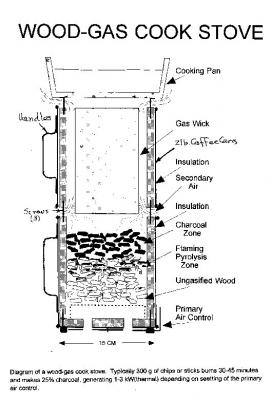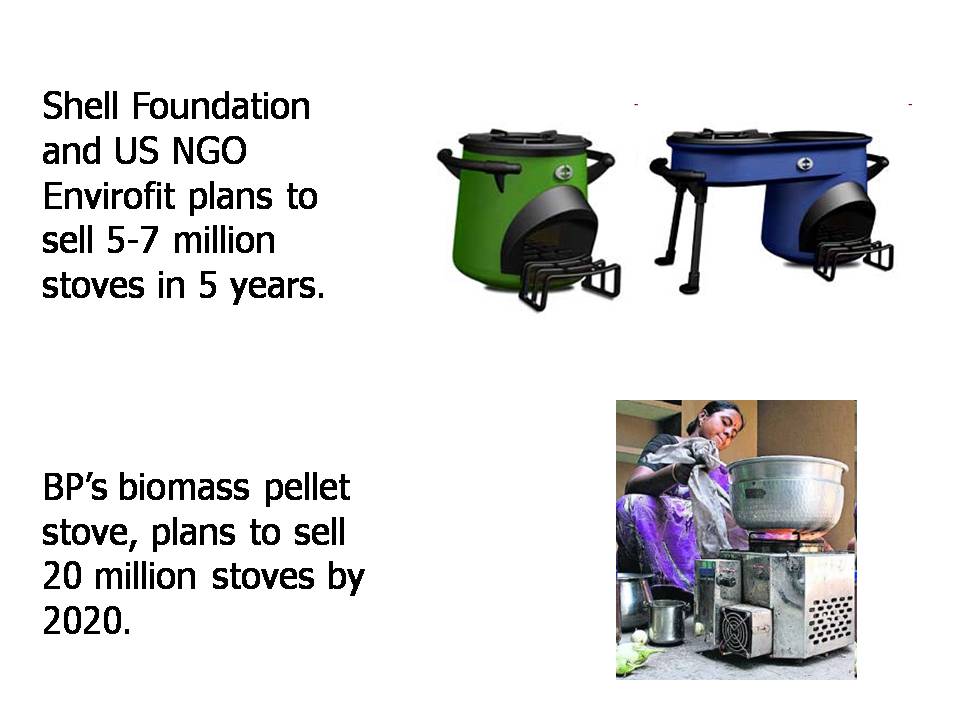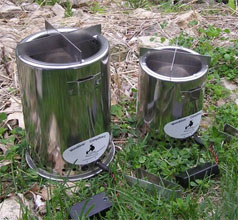T. B. Reed and Ron Larson
*Presented at the "Developments in Thermochemical Biomass Conversion" Conference, Banff, Canada, 20-24 May, 1996.
Introduction -
A.The Problem
Since the beginning of civilization wood and biomass have been used for cooking. Over 2 billion people cook badly on inefficient wood stoves that waste wood, cause health problems and destroy the forest. Electricity, gas or liquid fuels are preferred for cooking - when they can be obtained, but they depend on having a suitable infrastructure and are often not available in developing countries. In the last few decades, many improved wood stoves have been developed (the Chula, the Hiko, the Maendeleo, the Kuni Mbili, etc.), but the new wood stoves are often more difficult to manufacture, often more heat goes to the stove than to the food, and they do not offer good control of cooking rate. They are not always accepted by the cooks for whom they are developed.[1] Because of the problems of wood cooking, people often cook over charcoal. However, charcoal manufacture is very wasteful of energy and very polluting, so the problems of the wood stove are externalized but not solved.
A.THE SOLUTION
Gas is preferred for cooking wherever it is available. Gas can be made from wood and biomass in gasifiers developed in this century, but these gasifiers are generally too big for home use. A downdraft stove for domestic cooking is now being manufactured in China.[2] We have developed a new "inverted downdraft gasifier" stove shown in Fig. 1. It operates using only natural convection. The rate of gas production and heating is controlled by the primary air supply to the gasifier. As an option, the gasifier can make charcoal with a 20-25% yield. The wood-gas stove consists of an "inverted downdraft gasifier" (shown in Fig. 2) plus a burner to mix air and gas and burn cleanly (Fig. 3). These sections are discussed below. The stove has been started and operated indoors with no exhaust fans and no odor of burning wood. However, we believe that there is still much work to be done in optimizing the stove for various fuels, adapting it to various cooking situations and developing other uses. For that reason we are publishing our preliminary results and hope that others will help adapt these principles to improve world cooking and wood conservation.





